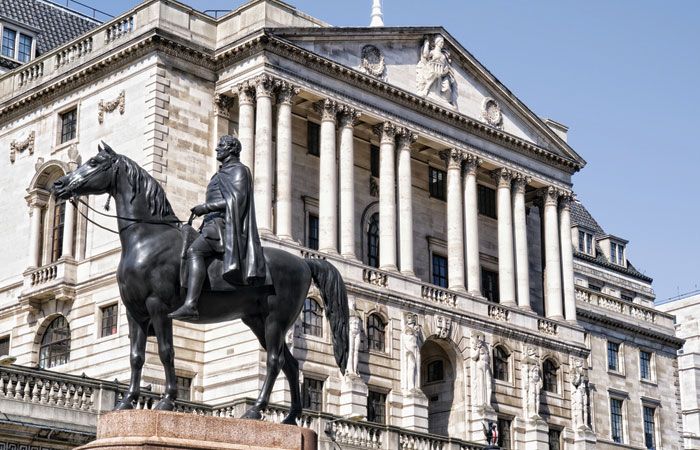
The proportion of buy-to-let properties bought in Southern England compared to the rest of the UK fell to a record low 35% last year, continuing a trend seen since the stamp duty surcharges for additional properties were introduced eight years ago.
Just over a third of properties purchased with a landlord mortgage during 2023 were in the South East, Greater London and the South West, according to Paragon Bank.
This was down from 39% in 2022 and has fallen from a high of 52% in 2015, the year before the stamp duty surcharge was introduced by former Chancellor George Osborne.
The proportion of stock purchased in Southern regions has fallen each year since 2015, aside from 2020 and 2021 when the stamp duty holiday was introduced during the pandemic.
The lender adds that the proportion of mortgaged BTL homes bought in London fell to 12% last year from 19% of the UK total in 2015. The South East declined to 17% from 24% over the same period, while the South West fell to 6% from 9% of the national total.
By contrast, the proportion of homes purchased in the North West rose to 14% in 2023 from 9% in 2015, with the Yorkshire & Humber growing to 10% from 6% of mortgaged BTL purchases.
All other regions recorded an increase in the proportion of BTL homes bought between 2015 and 2023, apart from the East of England, another area of above-average house prices.
Paragon Bank managing director of mortgages Richard Rowntree says: “The introduction of the Stamp Duty surcharge disproportionately impacted those markets with above average house prices in the south of England.
“For example, compared to 2015, the number of homes purchased with a BTL mortgage was 70% lower last year, and a greater number of buy-to-let homes were purchased in the North West than in London during three of the past five years.”
Rowntree adds: “Over the long-term, it’s clear that we will need more rental homes and a vibrant private rented sector across the UK.
“With the population forecast to increase by 9.9% – or by 6.6 million people – by 2036, demand for rental property is only going to be stronger.
“That is particularly true of areas in the South of the country, particularly London where the transient population means that a strong supply of rental homes vital.”
Significant changes for landlords began with Section 24 legislation, introduced in the 2015 Finance Act, which each year made an additional quarter of landlords’ finance costs non-deductible between 2017 and 2021.
An additional 3% stamp duty surcharge was introduced in 2016, when Osborne sought to cap landlords’ share of home sales, then running at around 20%, in favour of owner-occupiers.
A range of other legislation has been introduced over the past decade, from a ban on letting agents charging fees to tenants, to keeping the capital gains tax rate for residential property above the rate for other assets.




